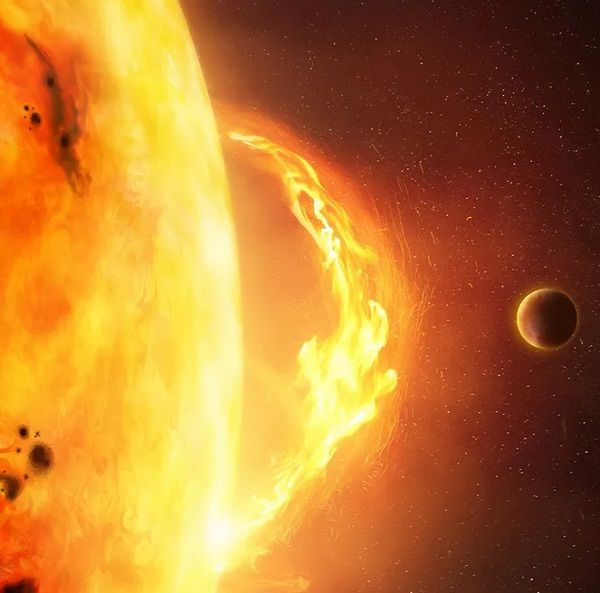The Sun has truly woken up in 2023. Within the first few weeks of the new year, three X-class solar flares erupted on the Sun’s surface. These powerful flares can affect Earth’s magnetic field and damage satellites, communication equipment, and power grids.
It looks like scientists have had enough. A team from NorthWest Research Associates, or NWRA, used data from NASA’s Solar Dynamics Observatory, or SDO, and found clues that could accurately predict when and where the Sun’s next flare might explode, according to a release.
Small signals in the corona, the upper layers of the solar atmosphere, can identify the regions on the Sun plausible to produce the energetic bursts of light and particles released from the Sun.
The new findings are published in The Astrophysical Journal.

A new marker to distinguish which active regions can flare soon
What were the signals?
Above the regions about to flare, the corona produced small-scale flashes. This information is imperative – it could improve predictions of flares and space weather storms known to endanger astronauts, disrupt radio communications, and cause electrical blackouts.
In previous studies, scientists have noted how activity in lower layers of the Sun’s atmosphere can herald impending flares in active regions. This new research adds more clarity to that picture.
“We can get some very different information in the corona than we get from the photosphere, or ‘surface’ of the Sun,” KD Leka, lead author on the new study who is also a designated foreign professor at Nagoya University in Japan, said in a statement. “Our results may give us a new marker to distinguish which active regions are likely to flare soon and which will stay quiet over an upcoming period of time.”
New tools to predict solar flares can be developed
The scientists used a newly created image database (described in a companion paper in The Astrophysical Journal) of the Sun’s active regions captured by SDO. The database mergers over eight years of images taken of active regions in ultraviolet and extreme-ultraviolet light, as per the release.
Source: interestingengineering










